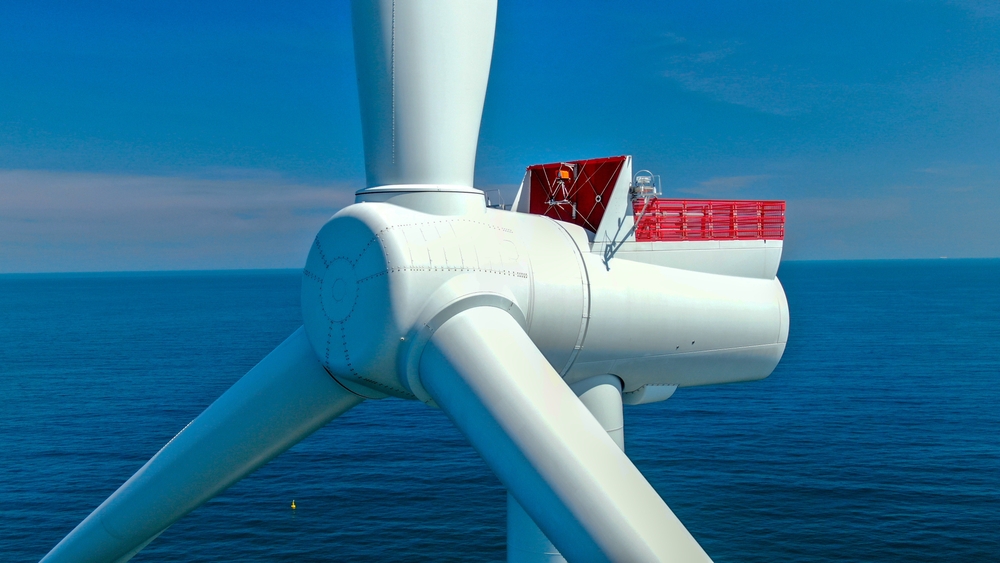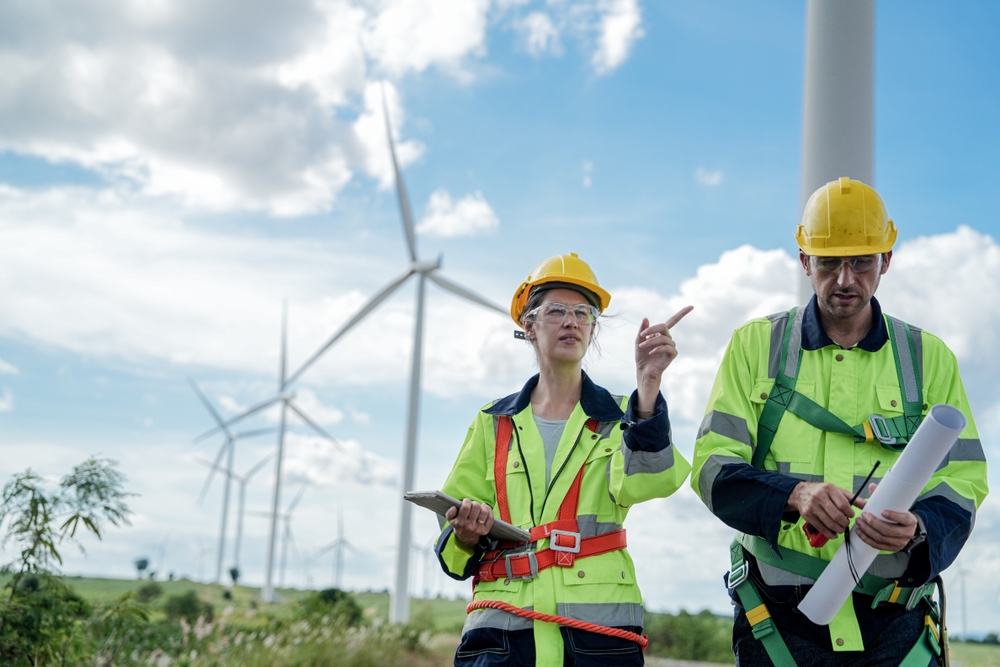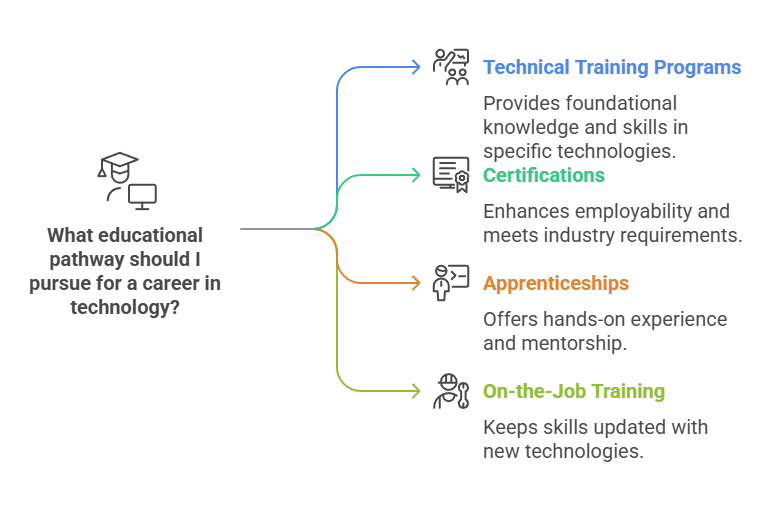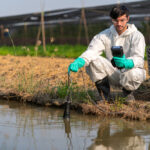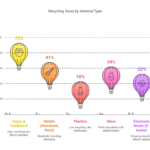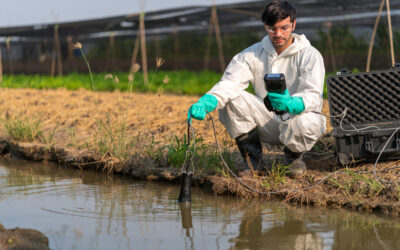As Canada continues its transition to clean energy, wind power has emerged as a cornerstone of the country’s renewable energy strategy. At the heart of this transformation is the wind turbine technician, a role critical to maintaining and repairing the infrastructure that powers wind energy operations. In 2025, advancements in wind energy technology and the expansion of wind farms across Canada are reshaping this profession, presenting both opportunities and challenges for technicians and employers alike.
What Does a Wind Turbine Technician Do?
Wind turbine technicians ensure that wind turbines operate efficiently and safely. Their responsibilities include:
- Routine Maintenance: Inspecting turbines for wear and tear, replacing parts, and lubricating machinery.
- Troubleshooting and Repairs: Diagnosing mechanical, hydraulic, and electrical issues and implementing solutions.
- Safety Compliance: Ensuring all maintenance and repairs adhere to safety standards.
- Data Monitoring: Using performance data to optimize turbine efficiency and predict potential failures.
As wind farms expand in size and complexity, wind turbine technicians must adapt to new technologies and often work in remote, challenging environments.
Key Trends Shaping the Wind Turbine Technician Role in Canada, 2025
- Growing Demand for Skilled Technicians
Wind power is one of Canada’s fastest-growing renewable energy sources. With the country aiming to achieve net-zero carbon emissions by 2050, the expansion of wind farms is accelerating. According to the Canadian Renewable Energy Association (CanREA), wind energy capacity in Canada is projected to grow from 15 GW in 2022 to over 20 GW by 2030.
The growth in infrastructure is driving unprecedented demand for wind turbine technicians, with many companies reporting staffing shortages. This trend underscores the importance of recruitment and retention strategies.
- Technological Advancements
Wind energy technology is evolving rapidly, requiring technicians to stay ahead of the curve. Key advancements include:
- Larger Turbines: Modern turbines exceed 200 meters in height and generate up to 15 MW of power, requiring technicians to handle more complex systems.
- AI and Predictive Maintenance Tools: Advanced monitoring systems analyze turbine data to predict failures before they occur, improving efficiency but necessitating new technical skills for technicians.
- Drones and Robotics: These tools are increasingly used for turbine inspections, reducing the need for technicians to climb towers for routine checks.
- Offshore Wind Expansion
Although Canada’s wind farms are primarily onshore, interest in offshore wind projects is growing, particularly in provinces like Nova Scotia and Newfoundland and Labrador. Offshore wind turbines present unique challenges due to harsher environmental conditions and their remote locations. Technicians working in these environments require specialized training, such as Global Wind Organisation (GWO) certifications for sea survival and rope access techniques.
- Focus on Workforce Diversity and Inclusion
In 2025, there is an increasing emphasis on creating a more inclusive renewable energy workforce. Employers and staffing agencies are actively recruiting women, Indigenous peoples, and underrepresented groups into wind turbine technician roles. Programs like Women in Renewable Energy Canada (WiRE) and partnerships with trade schools are helping to bridge the gap.
- Workforce Retention Challenges
Retention remains a challenge due to the demanding nature of the job. Factors contributing to technician turnover include:
- Long hours in remote locations.
- Physically demanding tasks, including climbing turbines over 100 meters tall.
- Burnout from unpredictable schedules.
To address these challenges, companies are focusing on competitive compensation, career development opportunities, and work-life balance initiatives.
Pathways to Becoming a Wind Turbine Technician in Canada
One of the appealing aspects of this career is its accessibility. A four-year degree is not required, and most technicians enter the field through vocational training, certifications, and hands-on experience.
Educational Pathways:
- Technical Training Programs:
- Offered by institutions like Lethbridge College (AB) and Northern Lights College (BC).
- Cover topics like electrical systems, turbine technology, and safety protocols.
- Programs typically take 6 months to 2 years to complete.
- Certifications:
- Key certifications include:
- Global Wind Organisation (GWO) Basic Safety Training.
- CSA Working at Heights Certification.
- These certifications enhance employability and are often required for offshore roles.
- Key certifications include:
- Apprenticeships:
- Apprenticeships provide hands-on experience and mentorship under seasoned technicians.
- Programs like Apprenticeship Canada offer resources to connect aspiring technicians with opportunities.
- On-the-Job Training:
- Employers often provide ongoing training to help technicians adapt to new technologies and best practices.
Key Skills for Wind Turbine Technicians
Wind turbine technicians require a blend of technical, physical, and interpersonal skills:
| Skill Category | Details |
| Technical Proficiency | Knowledge of mechanical, electrical, and hydraulic systems. |
| Physical Fitness | Ability to climb turbines, lift heavy equipment, and work in extreme conditions. |
| Problem-Solving | Diagnosing and addressing mechanical or software malfunctions. |
| Team Collaboration | Working with engineers, site managers, and other technicians. |
| Safety Awareness | Adhering to strict safety protocols to prevent workplace accidents. |
Career Growth Opportunities for Wind Turbine Technicians
Wind turbine technicians have access to diverse career paths within the renewable energy sector:
- Supervisory Roles: Leading maintenance teams or managing wind farm operations.
- Specializations: Focusing on areas like blade repair, electrical systems, or offshore wind.
- Engineering and Management: Transitioning into project management or wind energy engineering roles with additional education or certifications.
- Trainer or Educator: Sharing expertise by training new technicians at colleges or trade schools.
Challenges in Recruiting and Retaining Wind Turbine Technicians
- Skills Gap:
- Rapid growth in wind energy has outpaced the availability of trained technicians.
- Bridging this gap requires partnerships with training programs and apprenticeships.
- Remote Locations:
- Many wind farms are in rural or isolated areas, making relocation a barrier for potential candidates.
- Retention Issues:
- The physically demanding nature of the job leads to high turnover. Competitive benefits and wellness programs can mitigate this.
- Awareness:
- Limited public knowledge about wind turbine technician roles highlights the need for outreach and recruitment campaigns.
Clean Energy Job Growth in Canada
| Statistic | Details |
| Installed Wind Energy Capacity | Expected to grow from 15 GW in 2022 to over 20 GW by 2030. |
| Job Growth in Wind Sector | Wind energy jobs in Canada projected to grow by 20% between 2022 and 2030. |
| Technician Demand | Over 1,500 new technicians needed by 2025 to meet expansion goals. |
For more information, visit Canadian Renewable Energy Association (CanREA).
Recruiting Wind Turbine Technicians: Strategies for Success
- Partner with Training Programs:
- Collaborate with institutions offering wind energy courses to create a pipeline of skilled candidates.
- Competitive Compensation and Benefits:
- Offer competitive salaries, travel allowances, and health benefits to attract talent.
- Continuous Training:
- Provide ongoing education in advanced technologies, such as AI-based maintenance tools and drone operation.
- Safety and Wellness Programs:
- Invest in safety training and resources to ensure technician well-being.
- Diversity Initiatives:
- Target underrepresented groups and offer mentorship programs to build an inclusive workforce.
Final Thoughts
As Canada’s wind energy sector grows, the demand for skilled wind turbine technicians is reaching new heights. Companies looking to meet their staffing needs can rely on RSS Staffing Inc. to connect them with qualified professionals who are ready to drive the future of renewable energy. With extensive expertise in the Canadian energy market, RSS Staffing Inc. provides tailored solutions to help your organization thrive in a competitive landscape.

